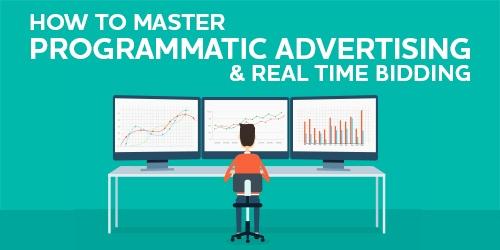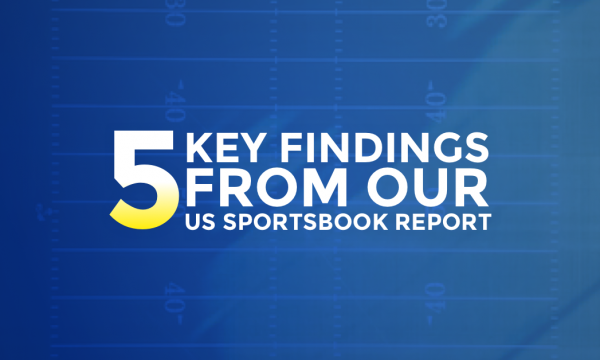Expanded Text Ads (or ETAs) were introduced as a new ad format in Google AdWords back in July 2016, bringing a host of new features to help advertisers make their content stand out. Character limits changed from one headline with 25 characters, two description lines and display URL at 35 Characters each, to two headlines of 30 characters, one line of 80 characters with two paths for the display URL at 15 characters. Overall, that gives advertisers 47% more characters to play with.

Whilst up until now, the format was optional, Google will make them mandatory from 31 January 2017. The challenge for advertisers that aren’t using the format is to ensure that they are ready for the change in order to maintain their visibility, whilst the challenge for brands that are already using the format is to ensure that they don’t suffer a drop in click-through-rate as their competitors adopt the new format.
A positive impact on CTR?
When the new format was introduced, it was the single biggest update to ad copy since the launch of Adwords. At the time, these changes were heralded as something of a game changer for click-through-rates, although the reality was perhaps slightly less than anticipated.
For starters, different industries saw very different results. In some markets, CTRs improved whilst they fell in others, depending on the device being used or type of keyword – be that brand, generic, high intent, low intent etc.
Finding a general consensus on this issue is difficult, but our campaign data across various accounts suggests that those brands that really embrace the new format and can come up with creative ways to take advantage of the extra characters suggests that the changes do have a positive impact. Perhaps the biggest influencing factor however is focusing on the device that the user is searching on.
Switch Back to Campaigns by Device

As smartphones and tablets grew to take a bigger and bigger proportion of web traffic, Google introduced Enhanced campaigns. Rolled out in 2013, this consolidated the AdWords interface so that all devices could be managed within a single campaign. Prior to this many account structures at the time had separate campaigns for each device.
Since mobile preferred copy will no longer be an option with ETA’s, this poses a big question; do we separate devices by campaign again to have mobile only copy?
There are strong arguments either side. On one side, advertisers must factor into their strategy the enormous growth of mobile since 2013, although having more flexible schedules, without the need for custom scripts, would make your ad campaigns easier to manage and require much less technical set-up.
On the other side of the equation, you could question whether device separation could dilute your quality score in a mobile first world, which will impact your cost-per-click and eat into your ROI.
If your campaign has for example over 100 campaigns, that could easily become more than 300 campaigns overnight, with three sets of each keywords, each with their own quality scores. That is something that many advertisers will find difficult to manage.
As an advertiser, explore other options before you go down the long and winding road of separating by match type. It’s not an approach that you should rule out, particularly if it is likely to benefit performance, but it does invariably have its drawbacks.
Ad Customisers

Ad customers could help you to mitigate some of these problems, by allowing you to customise your ad content by device using a data feed. We have been experimenting with this for some time and have found that advertisers can capitalise on these changes without the need to separate campaigns by device and three times more keywords to optimise.
We would highly recommend testing this approach first combined with using third party tools or custom scripts to adjust your mobile strategy.
Keep an eye on those CPCs
For advertisers currently using and reaping the benefits of ETAs, then the push to force all advertisers onto the format poses a challenge, particularly if your competitors are still using the old format.
The decision is a move by Google to standardise the SERPS and improve the user experience, but it does mean that ads that previously stood out from the crowd may no longer have that same visual impact.
It therefore means that you may need to revisit your ad creative and focus on which ad content and messages are really resonating with your most valuable customers at each stage of the customer journey. Perform this review constantly, stay one step ahead of the competition and ensure that you don’t suffer an increase in your CPCs that could damage the ROI of your campaign.



